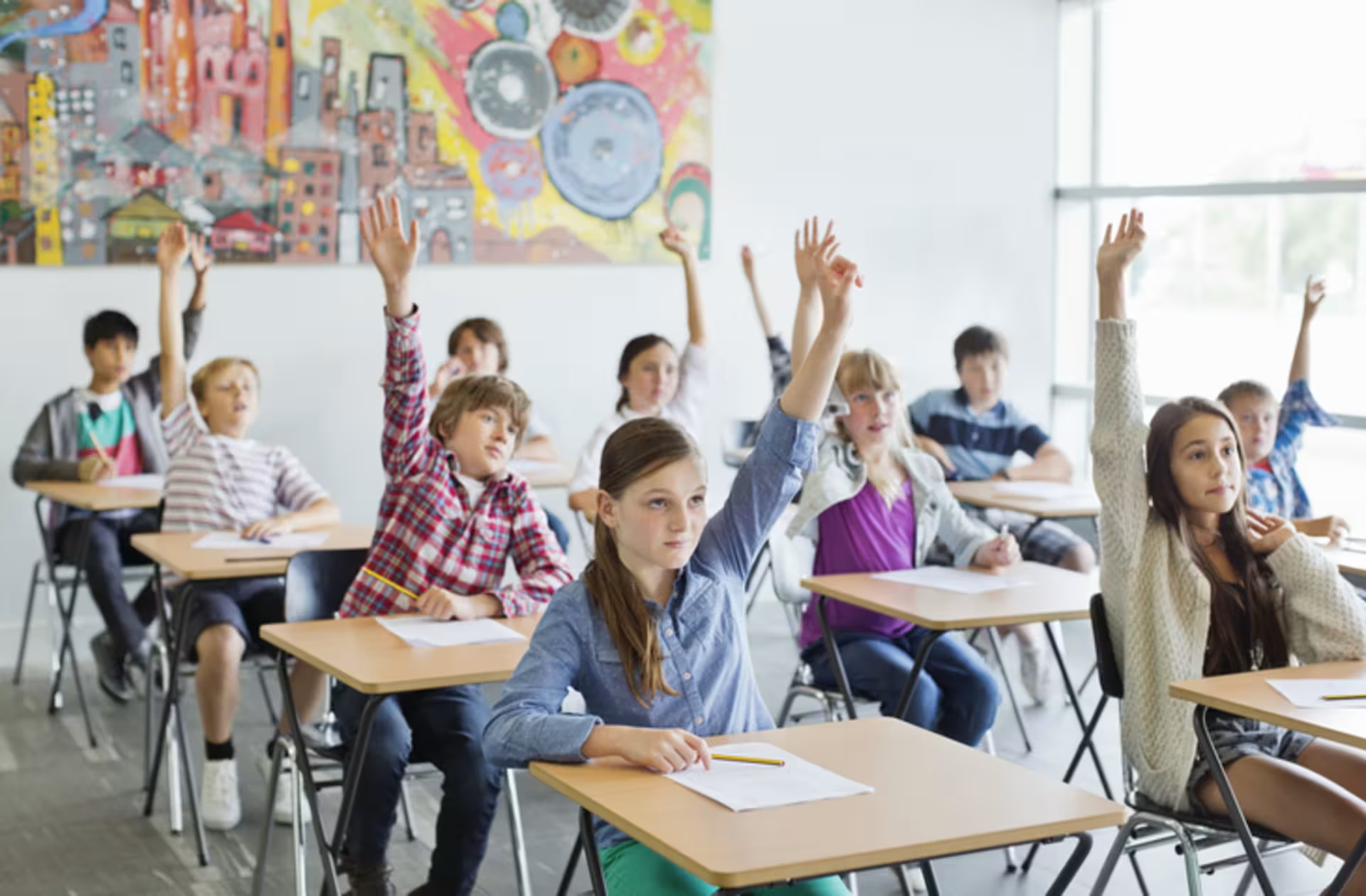Executive Director of Educational Outreach and Chair of M.Ed. in TESOL
Executive Director of Educational Outreach and Chair of M.Ed. in TESOL
Speak with a University Counselor today.
The views and opinions expressed in this article are those of the author’s and do not necessarily reflect the official policy or position of Grand Canyon University. Any sources cited were accurate as of the publish date.
Research exists on the use of restorative justice and its outcomes in the juvenile justice system. In recent years, the strategies used in restorative justice have been implemented in some K-12 schools. For it to be effective, it is important that educators be fully proficient in its principles and use effective implementation strategies.
Historically, when students exhibit challenging behaviors or break school or classroom rules, the prevalent way to address the infraction is to administer some type of punishment that fits the “crime.” The punishment, however, may not result in the perpetrator reflecting on how the infraction harmed the other party and learning from the misdeed to transform their outlook and behavior.
In many instances, if the student frequently misbehaves, she or he may get suspension which further perpetuates the lack of reflection and contributes to the loss of learning. Restorative justice takes the opposite approach to repairing the harm that occurred to the relationship through prevention, intervention and reintegration.
Teachers can establish and nurture a classroom, culture of community and open communication by leading students in opportunities to share their thoughts and feelings in class circles-which can also be referred to as peace circles. During these times, the teacher may share a scenario and have students take turns sharing their feedback on how they would react in those situations.
By allowing students to engage in these discussions, teachers are nurturing the students’ skills and abilities in making positive choices. These can impact their own learning as well as provide a sense of ownership and responsibility for the well-being of everyone at their school. By having a culture of community and open communication, students are more likely to be open-minded and better equipped to make positive choices.
When students break rules or cause harm to others, educators can intervene through mediation. As mediators, teachers need to be unbiased and fair-minded. Therefore, in order to facilitate mediation sessions among students, teachers need to first assess and address their own internal bias. Unless one is aware of their own implicit bias, they cannot truly facilitate open-minded conversations and mediations for their students.
For example, if a teacher has an implicit bias about a new student that used to get referred to the office frequently in the previous grade(s), then it would be very challenging to conduct a fair mediation session when the same student is involved in a conflict that has harmed a relationship with others. Examining internal bias helps teachers to be non-judgmental.
In the traditional approach to addressing disciplinary issues, when students frequently broke school rules, they got suspended from school for one or more days. When they return to school, those students may face the same challenges, and they may continue the cycle of negative behavior. In the restorative justice approach, the teacher can provide a supportive environment for the student in order to reintegrate into the school as well as the classroom.
Restorative justice allows teachers an opportunity to promote accountability as well as celebrate accomplishments when students are making positive choices. In other words, catch them being good!
Want more? Check out all of the articles from Teaching Tuesday and return each week for a new post. Learn more about Grand Canyon University’s College of Education and our degree programs and join in our efforts to elevate the education profession.
